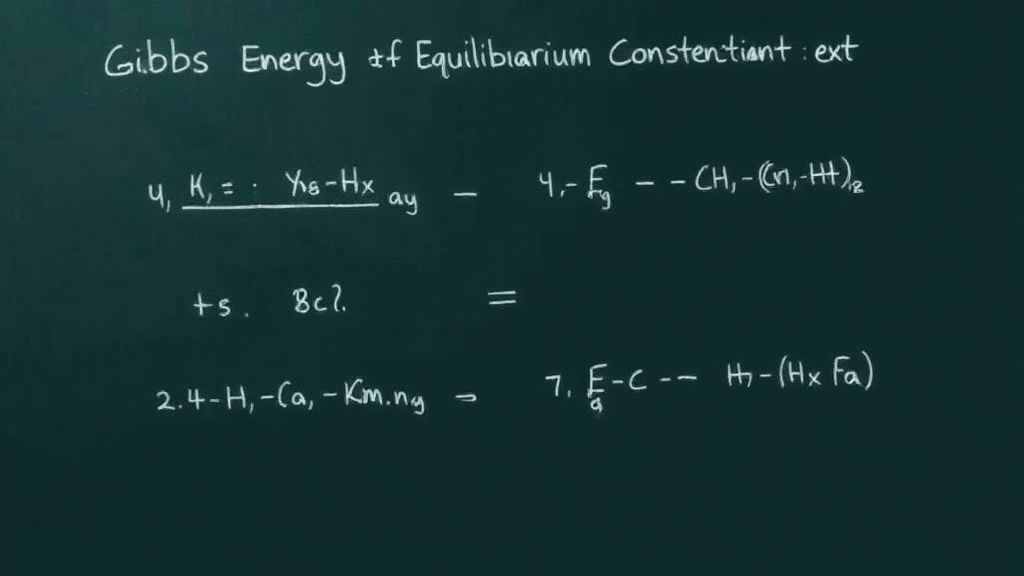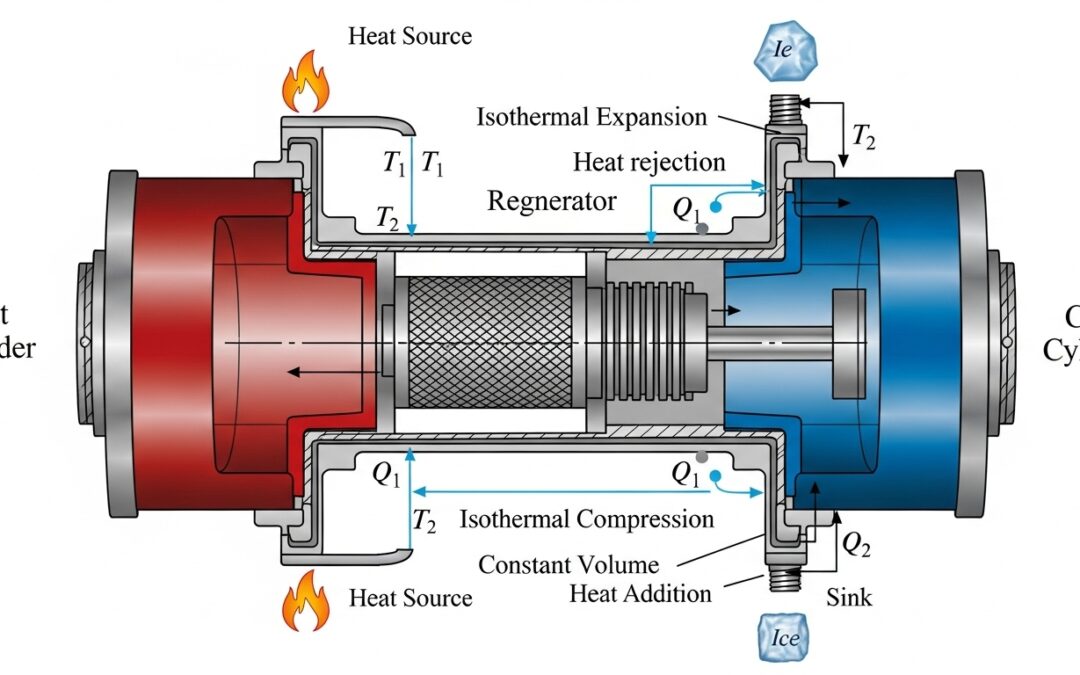In this post, we will explore the cyclist displacement and distance problem, a significant topic for fitness enthusiasts and researchers alike.
Imagine a cyclist taking a leisurely ride. They cycle 3 kilometers west, enjoying the scenic route. Then, they decide to head back east, covering 2 kilometers. This simple scenario offers a wonderful opportunity to understand two fundamental concepts in physics: displacement and distance, central to the cyclist displacement and distance problem.
These concepts are often confused, but they are distinct. Displacement is a vector quantity – it has both magnitude and direction, describing the overall change in position from the starting point to the endpoint. Distance, on the other hand, is a scalar quantity – it only has magnitude, measuring the total path covered, regardless of direction.
We also Published
- NASA Explorers Program: Unveiling Cosmic Secrets – Explore the Universe
Unveil the mysteries of the cosmos with NASA’s Explorers Program. Learn about the program’s history, its latest mission proposals, and the groundbreaking discoveries that have shaped our understanding of the universe. - GS-NDG-9422 A Cosmic Missing Link in Galactic Evolution
GS-NDG-9422 A Cosmic Missing Link : Webb-observed galaxy bridges the gap between the early universe and modern galaxies, the key to cosmic evolution. - Arm Positioning Affects Blood Pressure: Why Accurate Measurement Matters
Discover how arm positioning can significantly impact blood pressure readings, potentially leading to misdiagnosis and overestimation of hypertension. Learn about the gold standard method and its implications for healthcare providers and patients.
Understanding Displacement
Displacement, in simple terms, measures the shortest distance between the starting point and the endpoint of a journey. It is a vector quantity, meaning it has both magnitude and direction.
Imagine a cyclist starts at point A and travels 3 km west to point B. Then, they travel 2 km east to point C. The displacement is the straight-line distance from point A to point C, which is 1 km west. The displacement is 1 km west in this case.
Calculating Displacement
- Identify the initial and final positions.
- Determine the change in position, considering direction.
- Express the displacement as a vector with magnitude and direction.
Understanding Distance
Distance, as opposed to displacement, refers to the total length of the path travelled. It is a scalar quantity, meaning it only has magnitude.
In our cyclist example, the total distance traveled is 5 km, which is the sum of the distances travelled in both directions. It is important to note that the direction of movement is not considered when calculating distance in the cyclist displacement and distance problem.
Calculating Distance
- Add up the individual distances traveled.
- The sum represents the total distance travelled.
Illustrative Comparison
Here is a table comparing displacement and distance for a cyclist’s journey, crucial for understanding the cyclist displacement and distance problem:
| Concept | Description | Example | Magnitude | Direction |
|---|---|---|---|---|
| Displacement | Shortest distance between initial and final positions | 1 km west | 1 km | West |
| Distance | Total length of the path travelled | 5 km | 5 km | N/A |
Mathematical Representation
Displacement is often represented by the symbol “Δx“, while distance is represented by “d“. In mathematical terms:
- Displacement: \( \Delta x = x_f – x_i \)
- Distance: \( d = |x_f \; – \; x_i| \)
where:
\( x_f \) is the final position,
\(x_i \) is the initial position.
Programming Illustration
Let’s demonstrate how to represent displacement and distance using Python code to solve the cyclist displacement and distance problem.
import matplotlib.pyplot as plt
# Define initial and final positions
initial_position = 0 # Start at position 0
final_position = -1 # End at position -1
# Calculate displacement and distance
displacement = final_position - initial_position
distance = abs(displacement)
# Print results
print(f"Displacement: {displacement} km")
print(f"Distance: {distance} km")
# Plot the journey
plt.figure(figsize=(6, 4))
plt.plot([initial_position, final_position], [0, 0], 'o-', markersize=10)
plt.xlabel("Position (km)")
plt.title("Cyclist's Journey")
plt.grid(True)
plt.show()
This code will:
1. Calculate the displacement and distance for the given initial and final positions.
2. Display the results. 3. Generate a simple line graph showing the movement of the cyclist.
Importance in Real-World Applications
Understanding displacement and distance is crucial in various fields, including:
- Navigation: In GPS systems, displacement helps determine the shortest route between two points, while distance helps in calculating travel time.
- Robotics: Displacement is fundamental in controlling robots’ movements, while distance helps in obstacle avoidance.
- Sports: Displacement is used to analyze the trajectory of a ball in sports like baseball and cricket, while distance helps determine the length of a race.
Understanding the difference between displacement and distance is not just an academic exercise; it has practical applications in many aspects of our lives. So, the next time you see a cyclist pedaling along, remember the cyclist displacement and distance problem, and how these concepts work together to understand motion.
RESOURCES
- SSS 2 Physics → Position, Distance and Displacement.
- Distance and Displacement – Javalab
- Distance vs Displacement in Physics | Differences & Example
- Distance, Displacement, and Position
- Difference Between Distance and Displacement
- Content – Position, displacement and distance
- What is the Difference Between Distance and Displacement?
- Distance and Displacement: Difference, Formula …
- Displacement | General Science
- Distance and Displacement – Javalab
- Distance and displacement review (article) | Khan Academy








0 Comments